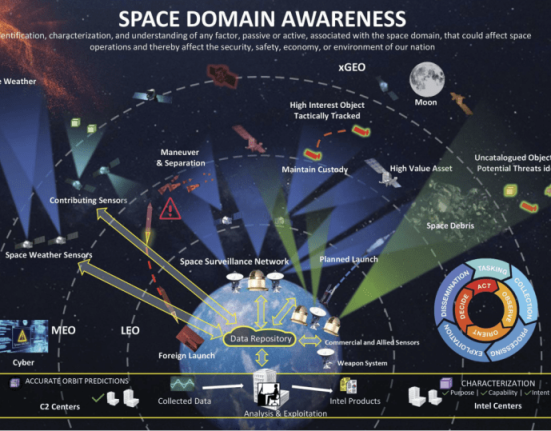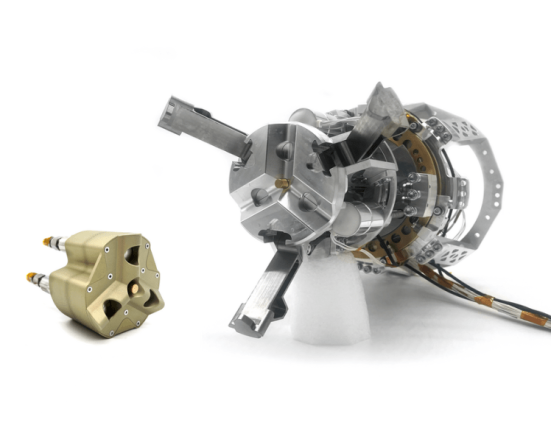WASHINGTON — Scout Space, a Virginia-based startup specializing in space domain awareness, has signed an agreement with Dawn Aerospace to demonstrate the ability to observe objects in very low Earth orbit (VLEO) from an aircraft operating in suborbital space.
Under the agreement announced Aug. 22, Scout will install its space domain awareness sensors aboard Dawn Aerospace's Aurora Mk-II unmanned suborbital spaceplane for a test flight planned for November at the Tāwhaki National Aerospace Centre near Christchurch, New Zealand.
Dawn Aerospacewhich has operations in the Netherlands and the United States as well as New Zealand, developed the Mk-II Aurora as a reusable spaceplane that takes off and lands horizontally like a conventional aircraft, eliminating the need for dedicated launch pads.
The Aurora Mk-II is expected to fly at supersonic speeds at altitudes of up to 80,000 feet during its test campaign, and aims to fly up to 100 kilometers to reach the Kármán line, the boundary of space.
Scout’s agreement with Dawn covers several test flights that would serve as demonstrations for Scout’s Sparrow sensors, which will peer up into the VLEO region from Aurora Mk-II. VLEO is located approximately 100 to 450 kilometers above the Earth’s surface.
“This would be a tactically sensitive VLEO space domain awareness capability, the first of its kind,” said Scout CEO Philip Hover-Smoot. Space News.
Dawn Aerospace CEO Stefan Powell said the combination of a suborbital spaceplane and space domain awareness sensors “provides a level of effectiveness and resilience that exceeds what can be achieved with a satellite.”

If the demonstrations are successful, Scout intends to market the technology to the U.S. government as a low-cost option for intelligence-gathering missions that need to be accomplished quickly, Hover-Smoot said.
The United States Space Force uses the X-37B space plane for space domain reconnaissance experiments and has started a “responsive space” program to use commercial rockets to deploy surveillance payloads on short notice. But the concept of using a commercial aircraft like Dawn’s “is a completely different reconfiguration of how we think about observing very low Earth orbit,” Hover-Smoot said.
Scout will integrate its Sparrow sensors into the Mk-II Aurora fuselage. The instruments will be housed in an open payload bay with an optical window, allowing them to observe VLEO from lower altitudes.
Based on studies and simulations, he said, Scout believes objects in VLEO can be observed from lower altitudes with better fidelity than from satellites in higher orbits.
If the experiment is successful, Scout will work with Dawn to pursue market opportunities. The first priority will be overcoming the technical hurdles of integrating a space-based sensor into a reusable space plane, Hover-Smoot said.
“The profitability is phenomenal,” he added. “But we want to prove it is viable before we try to sell it.”









Leave feedback about this